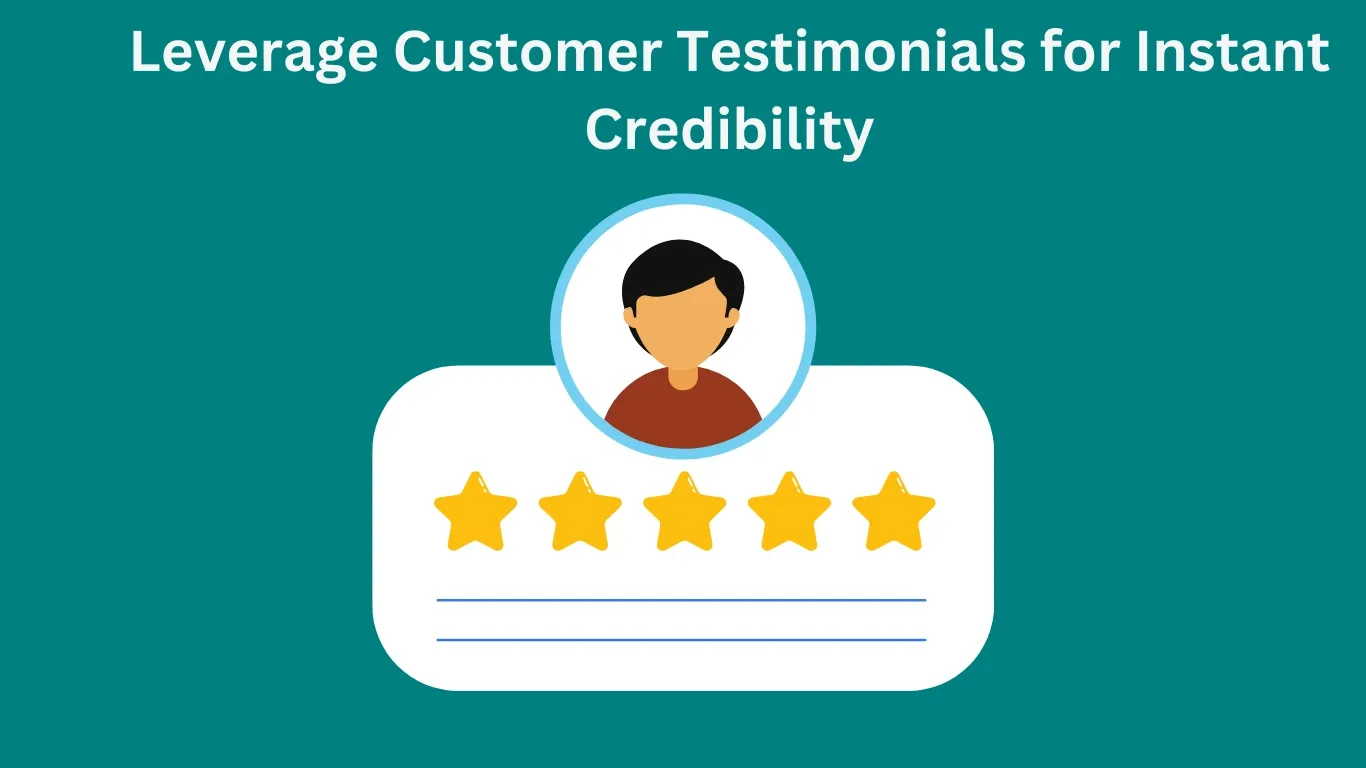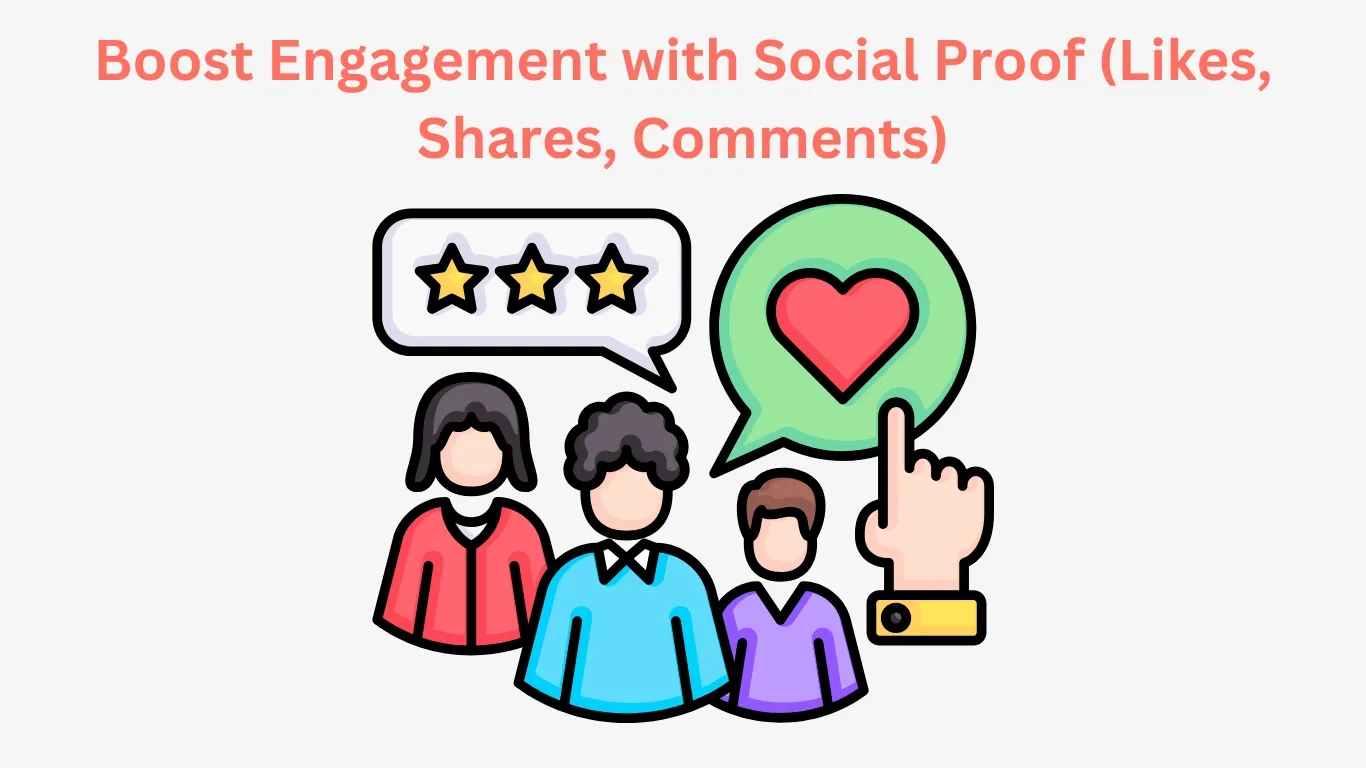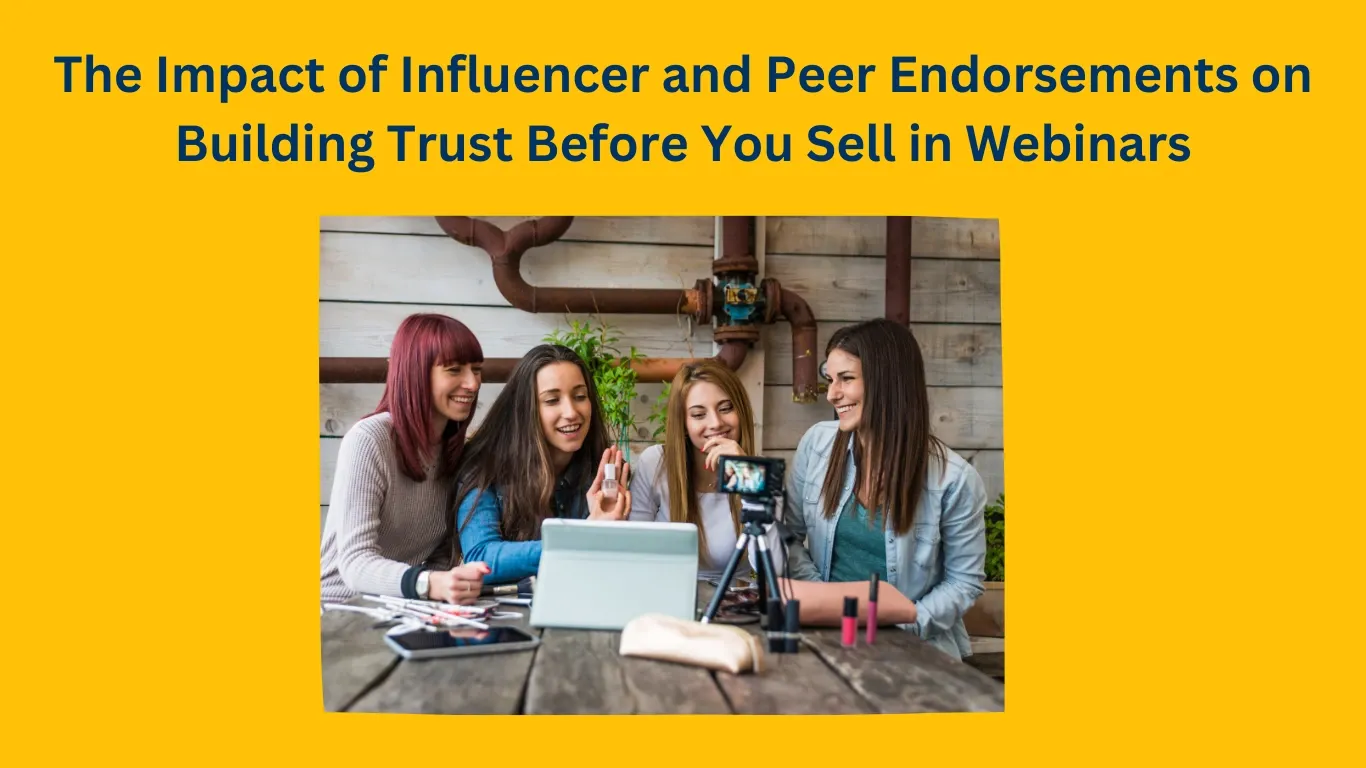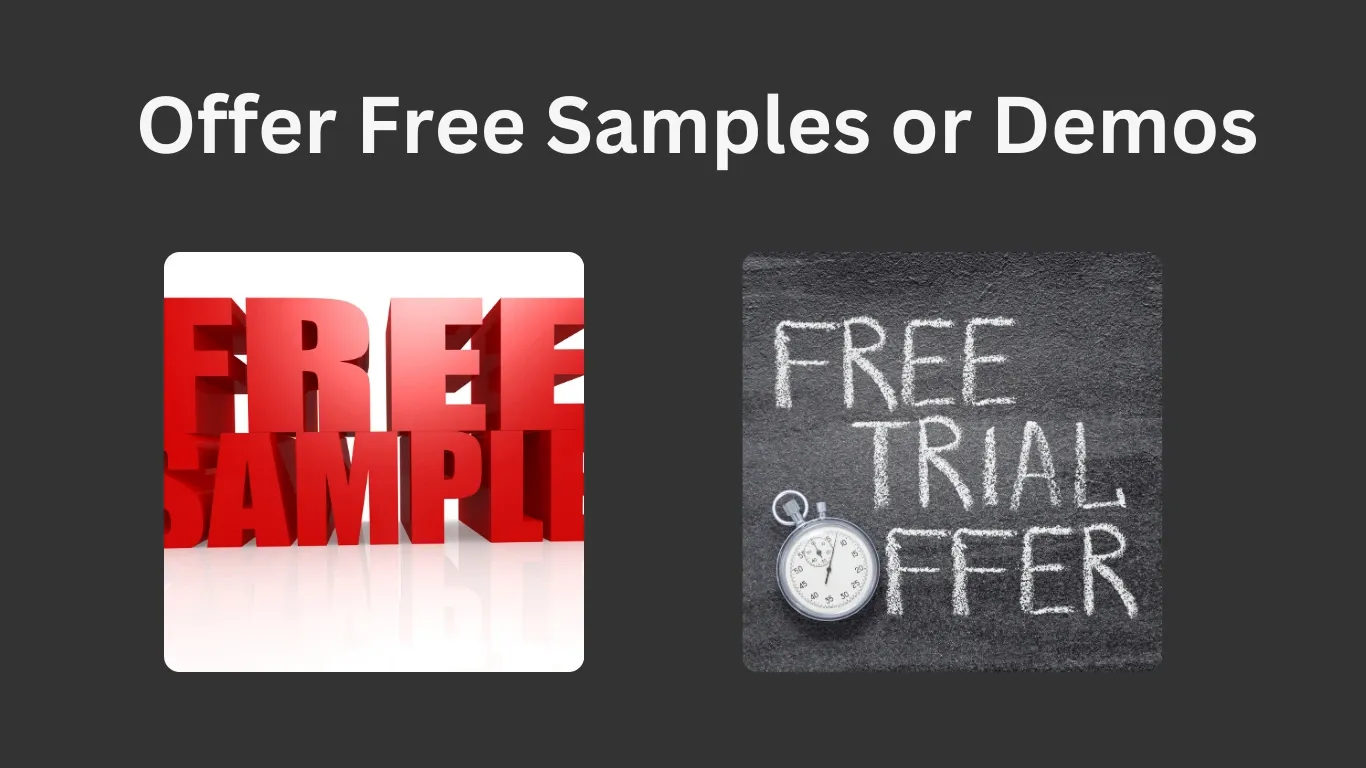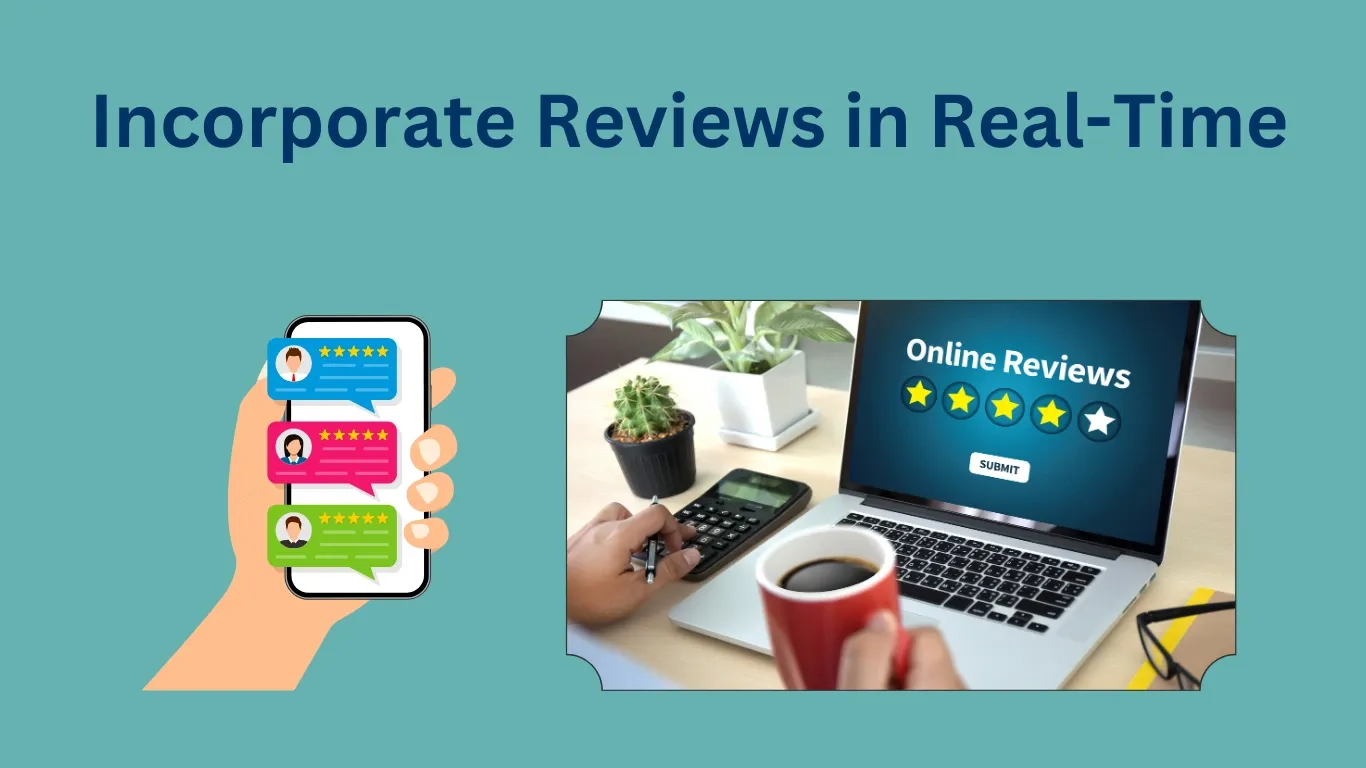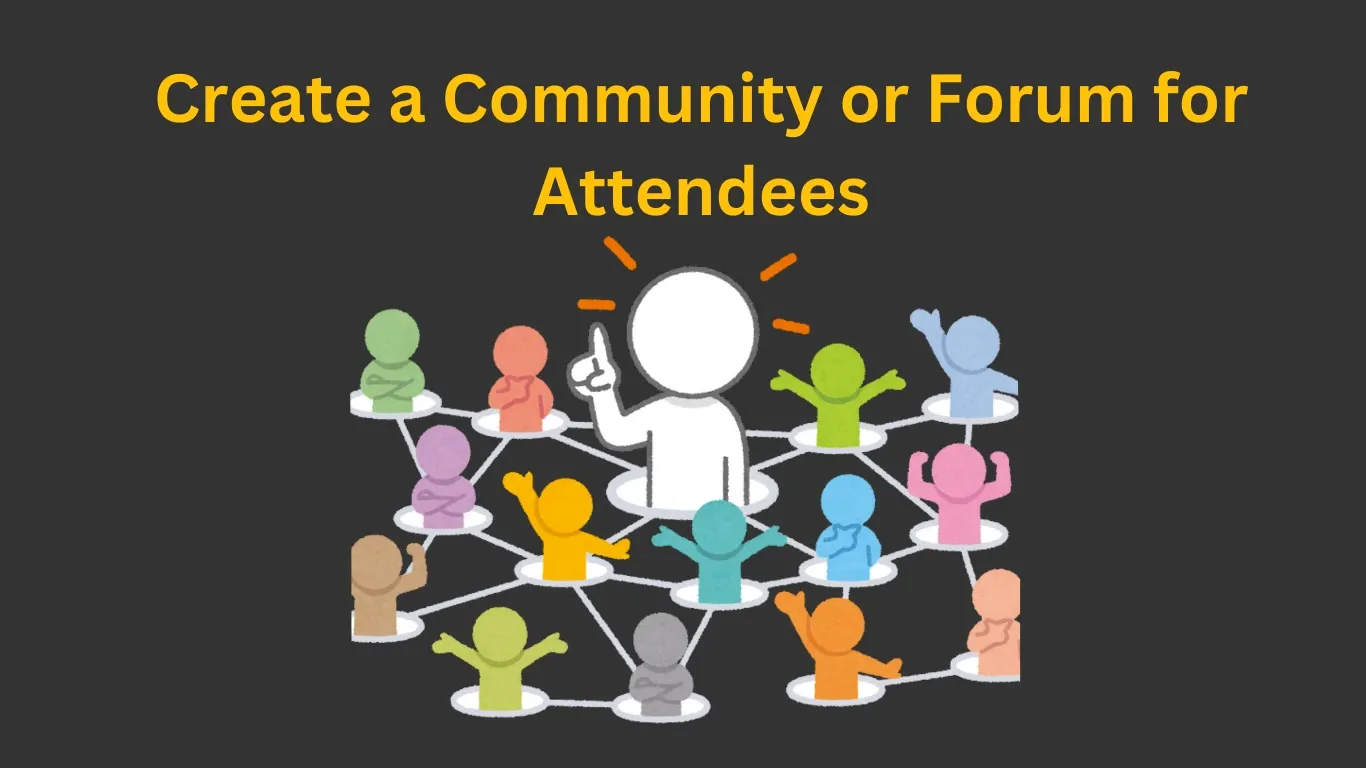Premium Coach Huub
How to Build Trust Before Selling—The Power of Social Proof in Webinars
Leverage Customer Testimonials for Instant Credibility
Boost Engagement with Social Proof (Likes, Shares, Comments)
Use Case Studies to Demonstrate Proven Success
The Impact of Influencer and Peer Endorsements on Building Trust Before You Sell in Webinars
Incorporate Reviews in Real-Time
Introduction
Did you know that 70 to 80% of webinar registrants never show up? This statistic frustrates even the most seasoned webinar hosts.
The problem isn’t just a lack of interest or poor timing—it’s a deeper issue: trust. People don’t attend webinars because they’re skeptical.
They wonder, Will this really be worth my time?
But what if you could transform that hesitation into excitement? The key lies in leveraging one powerful tool: social proof.
Social proof is the psychological phenomenon where people tend to rely on the actions and opinions of others to guide their own behavior.
It’s the reason why online reviews, testimonials, case studies, and expert endorsements can significantly influence buying decisions.
Without trust, even the most compelling webinar topics fail to attract attendees.
For many hosts, the missing ingredient is clear evidence that others have already benefited from their insights.
Testimonials, case studies, and other forms of social proof bridge this gap, showing potential attendees that your webinar delivers real value.
In this blog, you’ll discover 7 proven strategies to build trust through social proof.
These actionable tips will help you fill your seats, keep your audience engaged, and ultimately drive conversions.
Leverage Customer Testimonials for Instant Credibility
This means using the feedback or success stories of your past customers to instantly establish trust and demonstrate that your product, service, or expertise is valuable.
Testimonials work because people trust other people’s opinions—especially those who have had real experiences with your offering.
Why it matters:
Testimonials can turn skeptics into believers, showing that your offer is not just theoretical but proven to work.
In a webinar setting, real-time testimonials or even pre-recorded clips from satisfied customers help build rapport with your audience and soften the pitch when it's time to sell.
How to get there:
- Reach out to happy customers: Start by identifying customers who’ve had great experiences with your product or service. You can send them a simple email or message asking if they’d be willing to provide a testimonial.
- Offer guidance: Not all customers are used to writing testimonials, so give them a framework or prompt. For instance, "What was the problem you were facing before using our service, and how did we help you solve it?"
- Ask for specific details: Testimonials that speak to the transformation your product offers are more effective. Instead of a generic "Great service!" aim for specifics, like "Since using your service, our sales have increased by 25% in 3 months."
- Make it easy for them: Consider offering a simple form for customers to fill out or, if you’re hosting a webinar, allow them to record a short video or provide a written quote you can showcase.
Pro tip: Feature video testimonials in your webinars for a more personal and authentic connection, helping to build trust faster!
Boost Engagement with Social Proof (Likes, Shares, Comments)
Social proof through engagement means showcasing the number of interactions—likes, shares, comments, and other forms of user participation—with your brand's content.
When users see that your posts are liked, shared, or commented on by a large number of people, it reinforces the idea that others trust and value your brand, making new visitors more likely to trust you as well.
This form of social proof can be seen in action on your social media pages or even on product pages on your website, where high engagement signals to potential customers that your brand is popular, relevant, and trustworthy.
Why It Matters:
Social proof is powerful because it taps into our natural tendency to rely on others' actions to guide our own.
If someone sees that a piece of content has hundreds or thousands of likes, shares, or comments, they subconsciously assume that it is valuable, credible, and worthy of their attention.
This "bandwagon effect" is highly influential in shaping buying decisions.
- Builds Credibility: High engagement shows that real people (not just the brand itself) are actively interacting with and appreciating your content or products.
- Creates Trust: Seeing social proof gives potential customers confidence that they are not alone in choosing or engaging with your brand. The more people talk about it, the more legitimate and trustworthy it seems.
- Encourages Action: The more likes, shares, and comments your content gets, the more likely it is to reach a larger audience, thanks to algorithmic visibility on platforms like Facebook, Instagram, and LinkedIn. Plus, engagement serves as a form of endorsement for others.
Pro Tip: Feature top-engaging customers by reposting their content or highlighting their comments. This makes them feel valued and encourages more interaction, boosting your social proof even further.
Use Case Studies to Demonstrate Proven Success
Case studies provide real-world examples of how your product or service has solved problems for customers or clients.
By showcasing these detailed success stories, you demonstrate that your offerings lead to tangible, measurable results.
Case studies go beyond simple testimonials, offering a deeper, more specific view of the positive impact your brand has had.
Why It Matters:
- Builds Credibility: A well-documented case study proves that your product or service works, providing concrete examples of success.
- Offers Proof of Results: Unlike abstract claims, case studies showcase actual, measurable outcomes that can convince potential customers your solution is effective.
- Appeals to Specific Audiences: Case studies can highlight how you’ve helped similar businesses or individuals in ways that resonate with prospects facing similar challenges.
How to Get There:
- Identify Satisfied Customers: Reach out to customers who have seen great results from your product or service. These could be repeat buyers, clients with specific success metrics, or users with compelling stories.
- Create Detailed Narratives: Structure your case studies to outline the problem your customer faced, how your solution addressed that issue, and the measurable outcomes (e.g., revenue increase, time saved, etc.).
- Incorporate Data and Metrics: Use numbers, graphs, and clear metrics to back up your claims. For example, “After using our service, Client X saw a 30% increase in sales in just 3 months.”
- Make It Relatable: Tailor each case study to the specific audience you want to attract, whether it’s a particular industry or demographic, by focusing on similar pain points and outcomes.
Pro Tip:
Feature a mix of case studies—both big and small wins—so prospects can see that your solution works for businesses or individuals at any scale. This broadens your appeal and shows that your product can generate success in various contexts.
The Impact of Influencer and Peer Endorsements on Building Trust Before You Sell in Webinars
Building trust in a webinar environment is crucial, especially when your goal is to convert attendees into customers.
However, establishing trust takes time, and during a live session, you often have only a short window to prove your credibility.
Influencer and peer endorsements serve as a shortcut to gaining that trust. They provide immediate validation and show your audience that respected figures or industry leaders already recognize the value you offer.
Why It Matters:
Influencer and peer endorsements can have a profound impact on building trust, especially in a webinar setting.
When potential customers see that respected figures or peers vouch for your expertise, they are more likely to believe in your value and feel reassured that your product or service is worth their time and money.
Before making any purchase, people want to ensure they’re making a wise decision, and social proof from influencers or peers provides that reassurance.
By leveraging these endorsements early in the webinar, you set a foundation of credibility that can significantly increase conversion rates.
How to Get There:
- Identify Influencers and Peers: Reach out to people in your industry who have an established following or reputation. These could be industry leaders, thought leaders, or even respected colleagues within your network.
- Ask for Testimonials or Quotes: Approach these influencers or peers for a short testimonial, quote, or even a quick video endorsement. Ensure that their feedback aligns with the value you’re presenting in your webinar.
- Showcase These Endorsements Early: Use their testimonials right at the start of your webinar to establish credibility. You could include them in your slides or play a short video of their endorsement.
- Mention Relevant Names: Even if you don’t have a formal testimonial, referencing respected names who support your work or who have shared positive experiences can still work wonders.
Timing Is Key: Introduce influencer or peer endorsements early in your webinar, preferably in the first few minutes, to immediately establish credibility before diving into your content.
Offer Free Samples or Demos
When it comes to building trust before selling, one of the most powerful ways to demonstrate your product’s value is by letting potential customers experience it firsthand.
A free sample or demo gives your audience a risk-free way to evaluate your offering and see if it truly meets their needs.
By removing the barrier of doubt and offering a taste of what you provide, you’re building confidence in your brand and increasing the likelihood of a sale down the road.
This strategy also helps position you as confident in your product, which naturally increases trust in your expertise.
Why It Matters:
Offering free samples or demos is one of the most effective ways to build trust before asking your audience to make a purchase.
It lowers the perceived risk for your potential customers, allowing them to experience firsthand what they can expect from your product or service.
When people can interact with or try your offering without committing financially, they feel more confident about its value and are more likely to trust your claims.
It also provides an opportunity to show them that your product delivers on its promises, making it much easier to convert attendees into paying customers later on.
How to Get There:
- Decide What to Offer: Select a product feature, a portion of your service, or a limited-time free trial that you can present in your webinar. Choose something that provides enough value to convince your audience of your offering’s quality but doesn’t give away too much.
- Create an Engaging Demo: Develop a well-structured demo or sample experience that showcases your product in action. Be sure to highlight its most compelling features and how it can solve your audience’s pain points.
- Make It Simple: Keep the process easy to access. If you’re offering a free trial or download, include clear instructions. Make sure participants can quickly and easily experience the benefit without friction.
- Encourage Immediate Interaction: During the webinar, give attendees a chance to engage with the demo or sample in real-time. For example, if you’re showcasing software, invite participants to try it out on their own devices. If it's a physical product, offer a free sample to a few lucky participants who act quickly.
- Follow Up with Additional Value: After the webinar, follow up with participants who took advantage of your demo by offering further resources, tutorials, or a special offer. This helps solidify the trust you’ve built during the live event.
Pro Tip:
Make your free demo or sample feel exclusive to webinar attendees by offering it only to those who stay until the end or participate in a live poll or Q&A. This incentivizes engagement and increases the perceived value of the offer.
Incorporate Reviews in Real-Time
One of the most powerful forms of social proof is live reviews.
By incorporating customer reviews or ratings in real-time during your webinar, you can show your audience that others are actively engaging with your product and finding value in it.
This adds authenticity to your message and can sway potential customers who are still on the fence.
Seeing immediate, unscripted feedback from real users during the webinar can reassure attendees that your offering is both credible and trusted by others like them.
Why It Matters:
Incorporating reviews in real-time creates an immediate sense of social proof, which can be especially persuasive during a live webinar.
When potential customers see that others are currently benefiting from or praising your product, it validates their decision to trust you.
Live reviews make the feedback feel more authentic and timely, as opposed to testimonials that could seem staged or outdated.
Additionally, showcasing real-time feedback during the event helps to capture attendees’ attention and fosters a sense of community around your product.
How to Get There:
- Set Up a Review System: Ensure you have a system in place for collecting real-time feedback, whether that’s through a review platform, live chat, or social media. Encourage webinar attendees to submit feedback as they experience your presentation or interact with your product.
- Feature Reviews During Key Moments: Display relevant reviews throughout the webinar, especially during moments where you’re discussing product features, pain points, or solutions. This reinforces the value of what you’re offering and shows that others share similar experiences.
- Highlight Positive Feedback: Don’t just focus on any negative reviews (unless they’re constructive and can be addressed). Showcase glowing reviews, ratings, or testimonials that emphasize how your product has positively impacted users.
- Engage with Attendees: During the webinar, ask attendees to leave reviews or share their thoughts in real-time. You can incorporate these into your presentation by showcasing them on screen or reading them aloud. Engaging with the audience can further build a connection and create a sense of trust.
- Leverage Social Media Reviews: If your audience is active on social media, encourage them to post reviews or tag you during the webinar. Share these posts live during the session to give more real-time validation from your community.
Pro Tip:
To make reviews even more authentic, feature a mix of user-generated content, like written reviews, video testimonials, or social media posts. The variety adds credibility and shows that people are talking about your product in different ways.
Create a Community or Forum for Attendees
Building a sense of belonging is key to establishing trust, and one of the best ways to do this is by creating a community or forum for your webinar attendees. A dedicated space—whether it's a private Facebook group, Slack channel, or online forum—can be a powerful tool for fostering deeper connections between your audience members and your brand. It allows your attendees to interact, share experiences, and ask questions in a supportive environment. Not only does this enhance the trust they have in your brand, but it also helps to build long-term relationships that extend beyond the webinar itself.
Why It Matters:
When you provide a space for webinar attendees to connect with each other and with your brand after the event, you build a stronger relationship that encourages ongoing engagement. Communities act as a form of social proof in themselves, as new attendees can see how others are participating, sharing, and benefiting from the experience. Additionally, attendees are more likely to trust a brand that has an active, engaged community. It shows that you're invested in your customers and willing to offer continued value beyond just the sale.
How to Get There:
- Choose the Right Platform: Select a platform that makes it easy for your audience to engage. Options like Facebook Groups, LinkedIn Groups, or platforms like Slack or Discord work well for creating community spaces. Choose one that aligns with your audience’s preferences and is easy to access.
- Promote the Community During the Webinar: At the beginning or end of your webinar, mention the community and explain the value it offers. Highlight how joining the group can help attendees get more support, share experiences, or access exclusive content after the event.
- Encourage Engagement: Once your community is set up, make sure to encourage interaction. Post regularly, ask questions, and engage with your members. The more active the community, the more value attendees will see in joining.
- Provide Exclusive Content: Offer exclusive content, like bonus materials, behind-the-scenes insights, or early access to new products, only available to members of the community. This creates an added incentive for people to join and stay involved.
- Feature User Stories and Testimonials: Highlight community members’ success stories and testimonials within the group or during future webinars. This reinforces the value of being part of the community and encourages others to trust your brand.
- Build Relationships Beyond the Webinar: Keep the conversation going after the webinar ends. Share useful resources, host Q&A sessions, and give members the opportunity to connect with you and each other in meaningful ways. This makes your brand feel more personal and approachable, fostering deeper trust.
Pro Tip:
Make your community feel exclusive by offering early access to future webinars, discounts, or special events only for members. This can drive engagement and make attendees more likely to join and actively participate.
Conclusion
Start building trust and boosting webinar success today!
By implementing these 7 social proof strategies for your webinars, you can build trust, boost engagement, and drive conversions.
Whether you're offering exclusive bonuses or following up with personalized content, these tactics ensure your webinars stand out.
Don’t let your efforts go unnoticed—showcase your credibility with testimonials, statistics, and success stories to make your webinars more appealing.
Remember, consistency in applying these strategies will help you nurture relationships with your audience and turn interest into action.
Start today, build social proof, and watch your webinars succeed!
Trust is key, and with the right approach, your audience will be more likely to engage, attend, and convert.
Frequently Asked Questions
Social proof refers to the concept of using testimonials, reviews, attendee numbers, and success stories to build credibility and trust. It’s important for webinars because it reassures potential attendees that your event is valuable and worth their time, which can lead to higher attendance and conversions.
You can feature testimonials from past attendees or customers in your promotional materials, on your landing page, or during the webinar itself. Short quotes or video snippets of their positive feedback can build trust and encourage others to register.
Offer exclusive bonuses like free templates, guides, or discounts that are only available to those who attend the webinar live. This motivates people to join in real-time rather than watching the replay.
Yes! It’s crucial to send follow-up emails to those who missed the webinar. Include a link to the replay and a clear call-to-action (CTA) to schedule a call, claim a limited-time offer, or take the next step in your sales funnel.
Segment your email list based on who attended and who didn’t attend your webinar. This allows you to send personalized messages tailored to their experience, increasing the likelihood of engagement and conversion.
You can use tools like Canva for creating engaging visuals, email platforms like Mailchimp or ConvertKit for follow-up campaigns, and webinar platforms like Zoom or WebinarJam to track attendee numbers and testimonials.
Absolutely! Even if you’re just starting out, you can leverage social proof by sharing testimonials from beta testers or early attendees, showcasing any positive feedback you’ve received, or highlighting the value your webinar provides. As you host more webinars, your social proof will naturally grow.
Track key metrics such as attendance rates, conversion rates, and engagement levels. You can also analyze how well your follow-up emails are performing, such as open and click-through rates, to see how your social proof efforts are influencing actions.
Real-time feedback, such as live reviews or comments from attendees, can significantly enhance your social proof during a webinar. You can encourage attendees to share their thoughts and experiences in the chat, or display positive feedback on the screen as the webinar unfolds. This shows potential customers that your product or service is genuinely valued by others, reinforcing trust and credibility.
Influencer and peer endorsements are powerful ways to build trust quickly. Reach out to industry leaders or respected peers in your field and ask for a short testimonial or a mention of your webinar. Incorporating these endorsements early in your presentation can instantly validate your expertise and increase trust among your audience, making them more likely to engage and convert.
